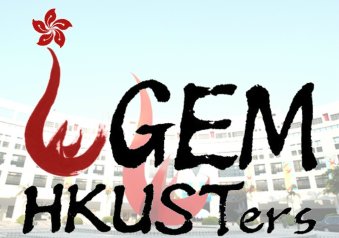From 2008.igem.org
(Difference between revisions)
|
|
| Line 66: |
Line 66: |
| | h4 { | | h4 { |
| | font-size: 14pt; | | font-size: 14pt; |
| | + | font-weight: normal; |
| | + | } |
| | + | |
| | + | h8 { |
| | + | font-size: 30pt; |
| | font-weight: normal; | | font-weight: normal; |
| | } | | } |
| Line 150: |
Line 155: |
| | | | |
| | | | |
| - | '''''Does God play dice with the cell?''''' | + | <font>'''''Does God play dice with the cell?'''''</font> |
| | | | |
| | | | |
Revision as of 18:07, 29 October 2008
Probably the most beautiful harbour in the world: Victoria Harbour, taken at the Peak, Hong Kong.
- We are grateful to the generous sponsorship and support from the Lee Hysan Foundation.
-
- We will present our work at 5pm, room 34-101, on November 8. Don't miss out!
|
|  Our logo:The Bauhinia purpurea x variegata at the top-left corner is the floral emblem of Hong Kong; the red sundial on the left represents HKUST, as there is a large sundial in HKUST as a landmark; the Chinese brush style English letters reflect the cultural diversity of Hong Kong as a place where east meets west. Abstract
Does God play dice with the cell?
Stochastic fluctuation in a cellular context and the lambda-phage bifurcation have been extensively studied. However, from a bottom-up synthetic aspect, we aim to exploit the cellular "noise" to build an E. coli version of a computational device, the "Random Number Generator". One random binary digit can be generated by capturing an initial Polymerase binding event with a pair of mutually exclusive promoters. Reciprocal inhibition using two repressors shall achieve unilateral expression of the "switch", with fluorescence reporters indicating the probability of each alternative occurrence. Balancing the two sets of affinity and kinetic parameters and
maintaining a single copy of this synthetic device integrated into the bacterial chromosome shall improve performance.
If successful, coupled with other reporters we envision multiple extensions of this "Randomizer", including a Memorizer that utilizes a hierarchy of XOR-calculations to "store" a multi-digit random number, and intriguing pattern generation involving chemical gradients and random "population behavior".
|
 "
"

